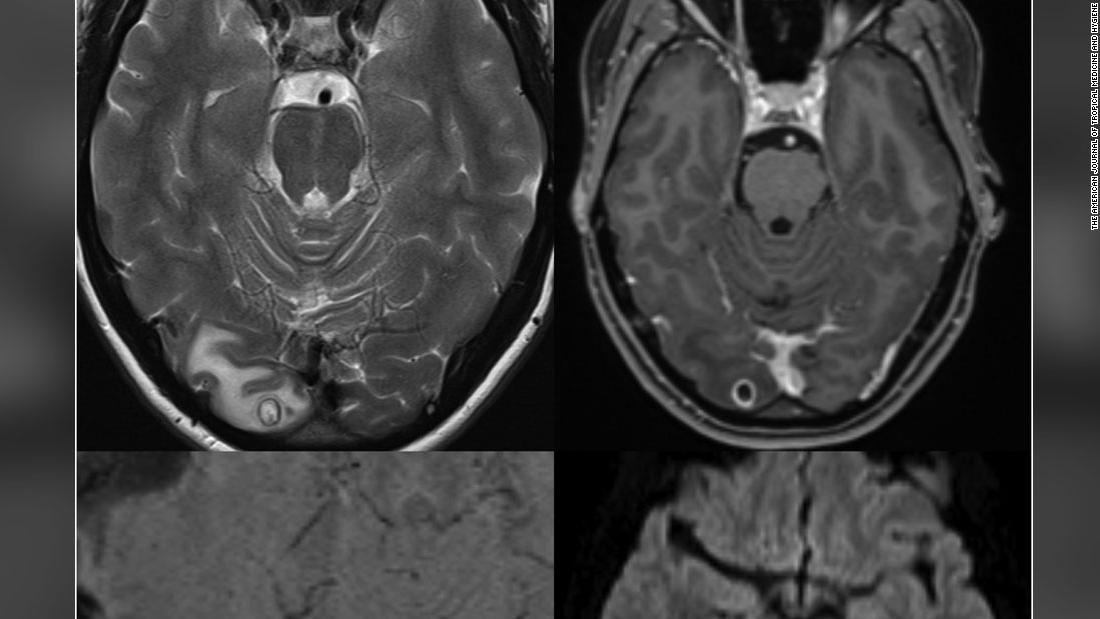The woman, who never traveled overseas, is the first native case of the disease in Australia, the study said. Previous Australian cases of this infection were from immigrants or returning residents who traveled to regions where the disease is endemic to, such as Africa, Asia, and Latin America.
For the past seven years, the woman complained of headaches that would occur two- or three-times a month and went away with prescribed migraine medication. However, her latest headache lasted for more than a week and came with more severe visual symptoms, including the blurring of her central vision.
An MRI of her brain led doctors to believe that a tumor might be the cause of her pain, but after operating and removing the lesion, they discovered it was actually a cyst full of tapeworm larvae. After the removal, she required no further treatment.
Neurocysticercosis is deadly, and a leading cause of adult onset epilepsy worldwide, the CDC said.
The woman, who worked as a barista, was considered to be at no or very low risk of infection with tapeworm larvae but is believed to have somehow accidentally ingested tapeworm eggs released from a carrier.
The best line of defense against similar infection is cooking meat to safe temperatures, washing your hands with soap before eating and only eating food you can ensure was cooked in sanitary conditions.

